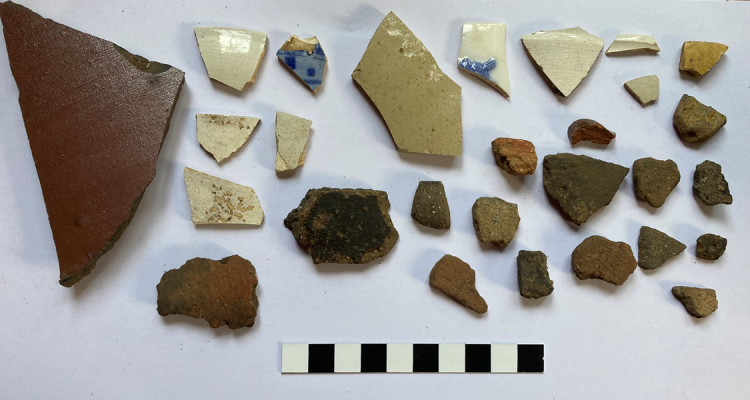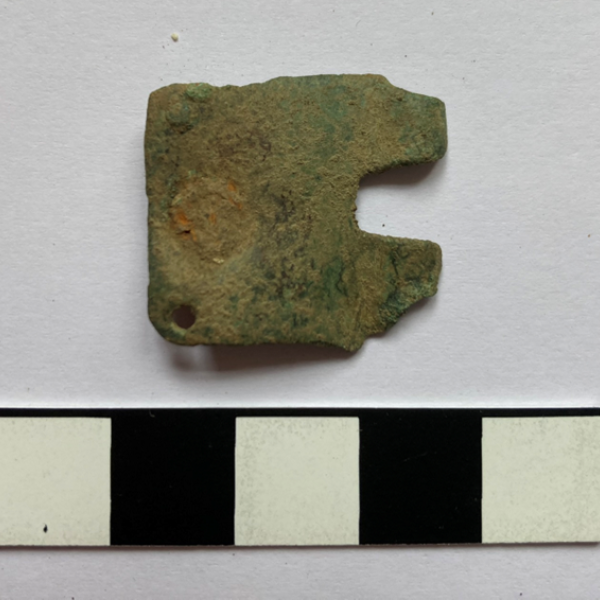In 1881, when tennis courts were being built in Emily Davies Court, an unexpected discovery was made; graves from a cemetery stretching in use from the Roman period into the early medieval. Over the next few months over 200 inhumations and cremations were excavated by Francis Jenkinson, along with tantalising hints of Roman settlement. However, the quality of the 19th-century excavations was lower than would be expected today. Our records of what was found are incomplete, only select finds were kept, and the exact location of the cemetery remains unknown. Despite several excavations related to new buildings around the College, the site of the cemetery had, until recently, remained unexcavated in modern times.
Following the results of a ground penetrating radar (GPR) survey in September 2023, we excavated a total of seven trenches across Emily Davies Court. A group of 20 undergraduates, postgraduates and Fellows worked together alongside experienced archaeologists. Some were students in Archaeology or related degrees such as Classics and Anglo Saxon, Nordic and Celtic Studies, but most had never been on an excavation before. This was a chance to learn new skills and to put into practice things they had learned in the classroom, and for the fellows it was a new experience altogether. Everyone was involved in excavating, recording the trenches through drawing and 3D mapping, and in cleaning and sorting finds.
Some of the anomalies identified on the GPR survey turned out to be red herrings; trench 1 revealed a geological feature, and trench 2 contained a tree stump. But these trenches did shed light on the construction of the college buildings. We found lots of building material, nearly 250 fragments of brick and tile from trench 1, which had been dumped to level the lawn.


